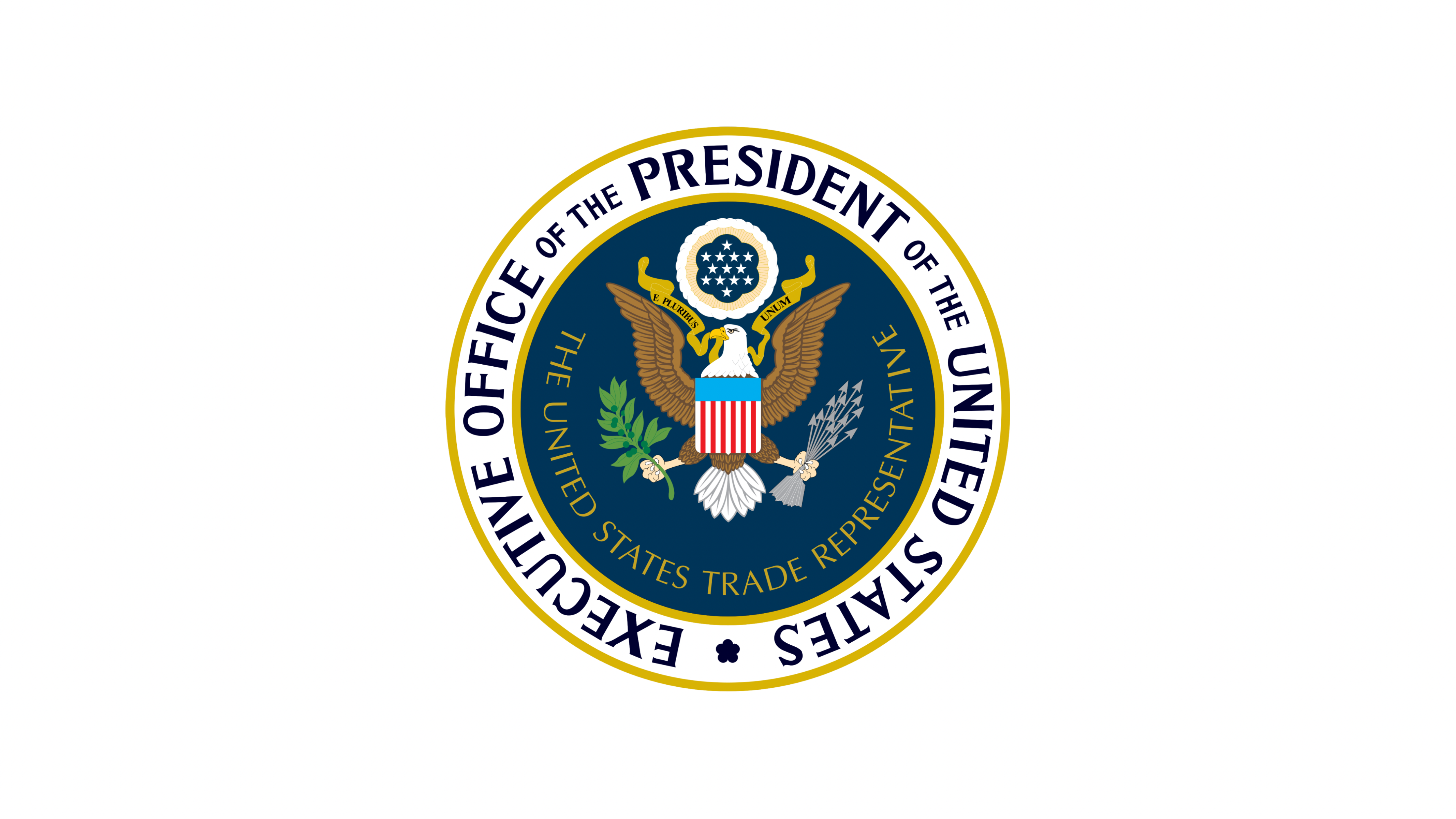honda67
Lồn phải lá han

Nó là một công thức elasticity với 5 parameters cơ bản.
Trọng số của epsilon và rho sẽ được điều chỉnh cho tùy quốc gia.
Lựa chọn parameters và các thứ không phải là như các bạn nói đâu.
Nhưng mà cái X post không hoàn toàn sai, vì cấu phần cơ bản của công thức là X và M. Nhưng mà nó không phải tính rợ như bà con nghĩ như trên X mà ra. Nó là một balance trade formula.
Ông Trump có thể tùy tiện, nhưng bạn xem thường cái dàn chuyên môn ngồi ở dưới là sai lầm.
>>>> Quote <<<<
To calculate reciprocal tariffs, import and export data from the U.S. Census Bureau for 2024. Parameter values for ε and φ were selected. The price elasticity of import demand, ε, was set at 4.
Recent evidence suggests the elasticity is near 2 in the long run (Boehm et al., 2023), but estimates of the elasticity vary. To be conservative, studies that find higher elasticities near 3-4 (e.g., Broda and Weinstein 2006; Simonovska and Waugh 2014; Soderbery 2018) were drawn on. The elasticity of import prices with respect to tariffs, φ, is 0.25. The recent experience with U.S. tariffs on China has demonstrated that tariff passthrough to retail prices was low (Cavallo et al, 2021).
The reciprocal tariffs were left-censored at zero. Higher minimum rates might be necessary to limit heterogeneity in rates and reduce transshipment. Tariff rates range from 0 to 99 percent. The unweighted average across deficit countries is 50 percent, and the unweighted average across the entire globe is 20 percent. Weighted by imports, the average across deficit countries is 45 percent, and the average across the entire globe is 41 percent. Standard deviations range from 20.5 to 31.8 percentage points.

Reciprocal Tariff Calculations
Executive Summary Reciprocal tariffs are calculated as the tariff rate necessary to balance bilateral trade deficits between the U.S. and each of our trading partners. This calculation assumes that persistent trade deficits are due to a combination of tariff and non-tariff factors that prevent...

